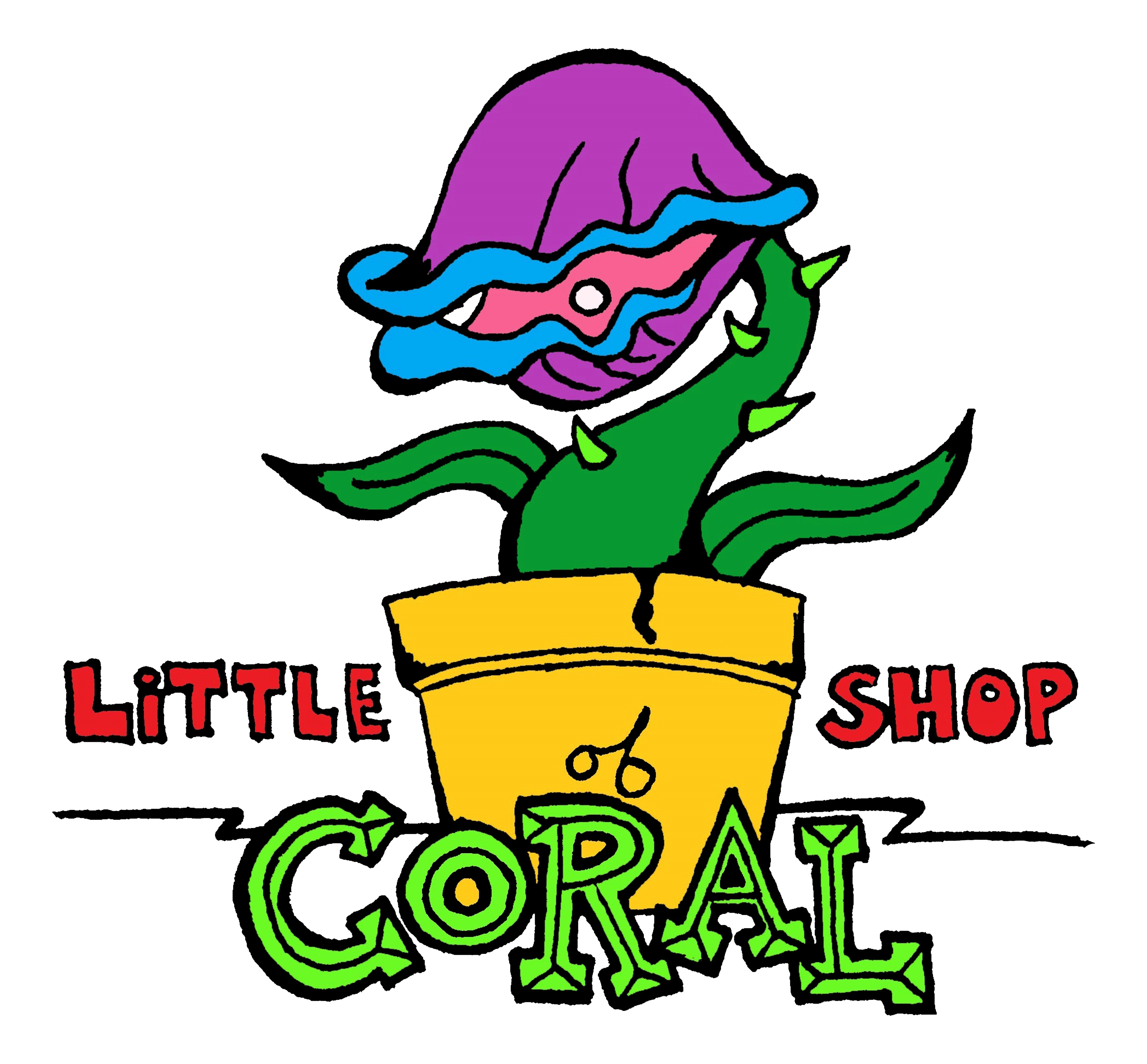Fauna Marin
Coral Balance
Coral Balance
Couldn't load pickup availability
Coral Balance is a modern nutrient regulator and metabolism accelerator, specially developed to reactivate and stabilize the natural nutrient cycle and acid regulation in reef aquariums. In particular, the otherwise difficult to control phosphate degradation is accelerated and stabilized at a low level.
With the natural power of active marine biopolymers, great results can be seen even after small doses.
Coral Balance is a coral feed, nutrient carrier and water purifier in one. Due to the unique composition it works very quickly and effectively, accelerates the nutrient discharge through faster coral growth and biodegradation.
After adding Coral Balance, the corals form a natural protective film, stronger colors and a natural shine.
Coral Balance supplies your corals with dissolved and particulate feed materials, and carries important nutrients and minerals directly into the coral.
By adding natural biopolymers and marine organic raw materials, the water is enriched and the acid
regulation is supported and thus also supports typical problems.
Coral Balance:
- Massively increases coral growth rates
- Rapidly enhances coloration
- Visible increase in polyp extension and coloration
- Reduces PO4 concentration permanently
- Stabilizes acid-base regulation in reef aquaria
- Increases natural resilience of corals
- Effective coral feed that does not lead to nutrient enrichments
- Helps to keep the water crystal-clear
- Reduces unwanted trace elements and detoxifies the aquarium water
- Removes unwanted biofilms and reduces yellowness
- Increases skimmer efficiency and reduces nutrient depots in the tank
Dosing recommendation:
Standard dosing
1 measuring spoon per 100 L every 4 days
Please mix Coral Balance with some aquarium water and add the suspension into an area with high flow to facilitate rapid distribution.
For tanks older than 2 years or with PO4 levels higher than 0.15 ppm we recommend a reduction by 50%.
When using Coral Balance in combination with Reef Vitality, please reduce dosing of both products by half.
Ingredients:
Marine organic polymers, mineral carriers, inorganic auxiliary substances, trace elements

Collapsible content
LIGHT
LOW: Place coral at the bottom of the tank. Depending on the type, coral may need to be placed off sand and therefore mounted on a ceramic disc of piece of rock.
MEDIUM: Place coral at mid-range of the tank. Best placed/glued on top of a rock scape at mid-range height.
HIGH: Place coral from mid range to just below water level. SPS coral are shallow growing so they require and are able to tolerate intense light.
FLOW
LOW: Most soft coral do well with a small, gentle pulse. There are certain corals that can even be placed in areas of indirect flow, meaning places aside a rock structure or set into a entrance to a cave style space.
MEDIUM: Many LPS types of coral prefer medium pulse current. Most Euphyllia or corals that have more tissue structure connected to their skeleton, don’t like to be in a high flow area like the direct flow of the wave pump.
HIGH: Similar to high light, SPS enjoy being in some heavy current. Most LPS and SPS that branch encrust or plate prefer high flow that simulates the top water waves.
SKILL
ENTRY: While some may say beginner level, "Entry" is a good term to be used when starting out in the world of corals and marine life. Prior to adding livestock, you want to ensure that your reef has the proper parameters including zero levels of ammonia and nitrite. Seeing traces of nitrate in your waters is a good sign - just keep them at a lower level of 2ppm to 10ppm. Maintaining correct temperature and salinity are a huge factor to stable parameters. Starting to monitor your PH, alkalinity, calcium and magnesium is a great habit to get into to keep a successful reef.
While some soft coral don’t require too much light, having a proper reef light that puts out the proper pars is very important. You'll also want to have a good amount of flow and protected rock areas, as placing corals in their happy spot is ideal for success.
ADVANCED:

